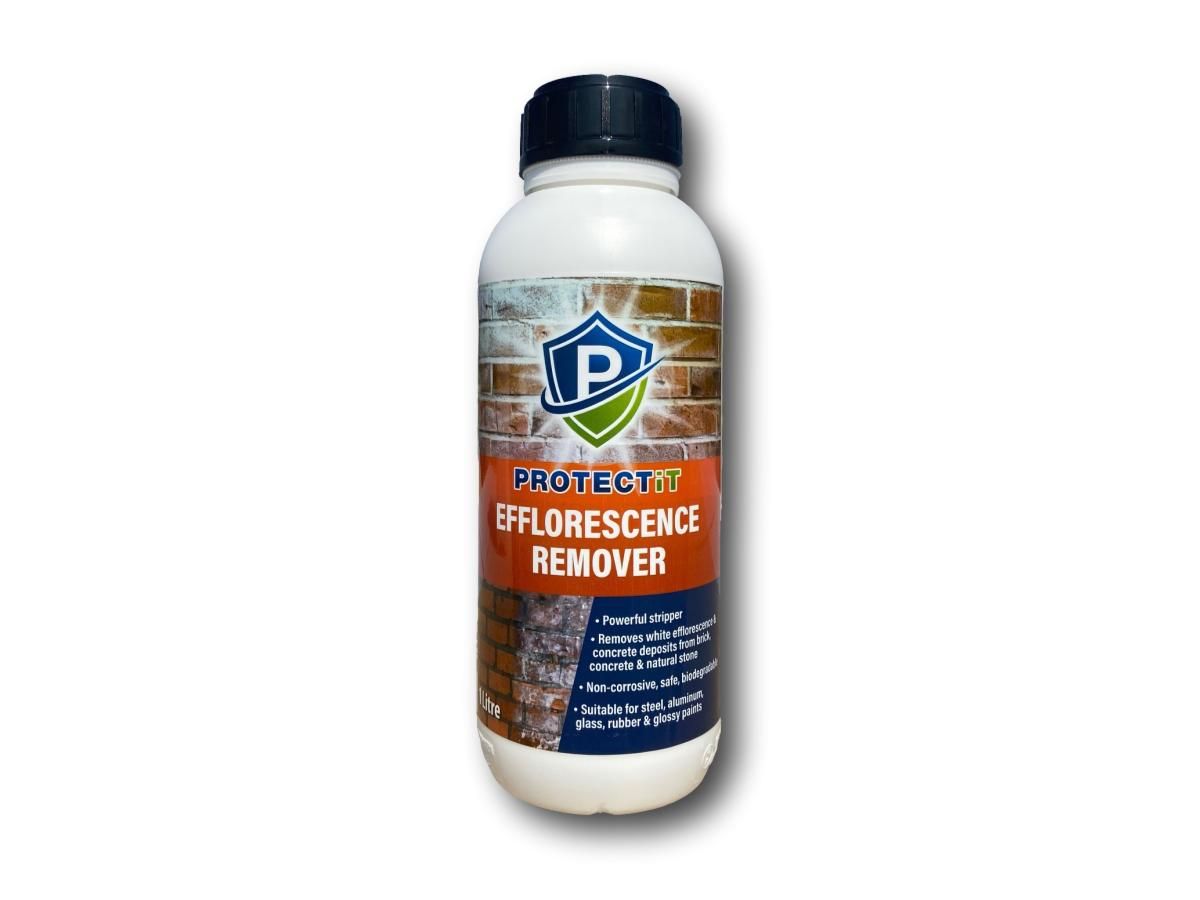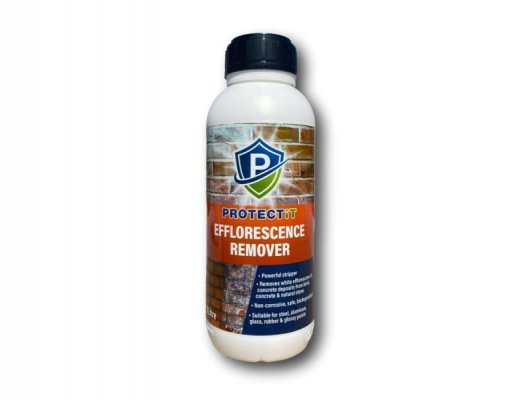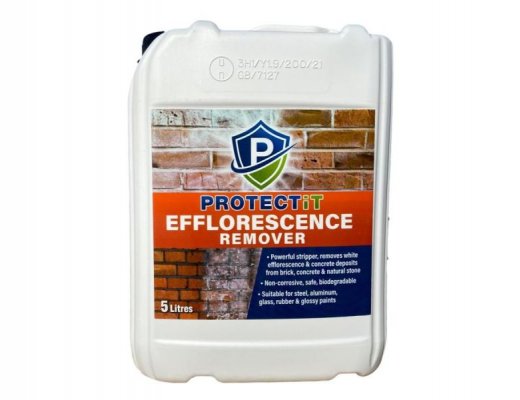Efflorescence, A Natural Stone Nightmare
Waking up to find unsightly, white, chalk-like patches on your expensive new stonework or patio area can be frightening, but like nightmares they are thankfully only a temporary inconvenience that naturally occurs every now and then. We have carried out some research on efflorescence to not only educate our team but to also learn how to better advise and support our customers when they are faced with the annoyances of efflorescence. Here you can learn what efflorescence is, how it will affect your natural stone and what are the best ways to prevent and remove efflorescence should it occur.
What is efflorescence?
Efflorescence is a white substance caused by natural occurring salts found in gravel, soil, cement, water and sand. These salts can then travel in water to the surface of your natural stone leaving behind the crystalline deposits. Although this chalky substance is not considered harmful it will disrupt the beauty of your natural stonework by forming chalky white patches.
Does efflorescence only affect natural stone?
No, efflorescence can also appear on the surface of concrete pavers, clay brick or other porous building materials. Materials that are less porous will absorb less water meaning they are less likely to be affected by efflorescence but not necessarily immune.
Can efflorescence be prevented?
As efflorescence is a natural occurring process it would be impossible to remove all possibility of it occurring when using porous building materials, however there are installation measures that can be taken to help reduce the risk and intensity of the occurrence.
How to prevent efflorescence?
Good Construction Principles: Enlist the help of a reputable and experienced contractor to ensure the use of good quality mortar, concrete and water during construction.
Weather: Unfortunately, the weather is out of your control but if possible, we recommend building your stonework in dry weather. It is also good practise to cover unfinished walls at the end of each day to prevent moisture from getting behind the stone.
Storage: We recommend keeping your natural stone dry, off the ground on pallets to help minimize the absorption of water prior to installation.
Drainage: It is important to ensure there is suitable drainage and grading in place to prevent water laying on the stone.
Damp-proofing: By damp-proofing below and behind your natural stone you are preventing the moisture from getting behind the material and potentially drawing out the salts to the surface.
Sealing: You may wish to consider sealing your natural stone to help minimize the risk of moisture being absorbed. Some sealers can trap salt deposits and therefore you should consult an expert prior to application to ensure the proposed sealer is suitable for your stone type.
Can efflorescence be removed?
Yes, the good news is that efflorescence can be removed and the sooner this is done after the occurrence first appears the easier the removal process will be. If the intensity of the occurrence is very severe, extra measures may be required to remove it.
How to remove efflorescence?
Mild efflorescence: We recommend that you try to wash and scrub off the white deposits using clean water and a stiff bristle brush (non-metal) as soon as they appear. There is still a chance that the salts have not fully reacted at this point. To reduce the risk of reoccurrence we recommend removing any pools of water near the affected area.
Severe efflorescence: If you find that the above approach has not worked or the efflorescence occurrence is particularly stubborn then you can remove the efflorescence with an efflorescence cleaner specifically formulated for natural stone. When using chemicals, it is important to carefully read and follow the product application instructions and safety guidelines to avoid damage or harm to the material or oneself. We recommend carrying out a patch test on a hidden area to help determine suitability.
We recommend using PROTECTiT Efflorescence Remover which is suitable for use on natural stone, brick or concrete products. Available for purchase on our online shop or in store. Learn more about this product here.

Conclusion:
If you are considering investing in natural stone for a new build or landscape project but have reservations or concerns over efflorescence then we now hope that this article has given you some reassurance that your decision to choose natural stone is a good investment. Efflorescence is a temporary annoyance that affects porous building material of all types and should not be a deciding factor when choosing you preferred material.
For further guidance or support please contact our sales team at your nearest depot.

